
Photo: Gerd Altmann

Photo: Gerd Altmann
Channelling is when a medium, or channeller, communicates with spirits or other non-physical entities. The medium serves as a conduit, allowing these entities to convey messages or information to the living. This can occur in various forms, including spoken words, written messages, or even through artistic expressions like drawing or painting. It is sometimes referred to as a "walk-in."
The medium is believed to open themselves to external influences, allowing the entity to take control of or influence their thoughts and actions. Some mediums describe this experience as feeling as though they are stepping aside, permitting the spirit to use their voice or hands.
There are two main types of channelling: conscious channelling and trance channelling. In conscious channelling, the medium remains aware of their surroundings and retains some control over their actions. They can often recall the messages conveyed during the session.
In trance channelling, the medium typically begins by entering a trance-like state, which can range from light meditation to deep, unconscious trance, often losing consciousness and having no memory of what transpired during the session. This type of channelling is thought to allow for more direct and unfiltered communication from the entity.
Channelling is generally considered a consensual practice where a medium willingly opens themselves up to communication with spirits or other non-physical entities. However, there are accounts and beliefs within the paranormal community suggesting that entities can sometimes forcefully influence or take over an individual without their consent. These instances might be described in terms of attachment or possession rather than channelling. Such cases are typically portrayed as distressing and harmful, unlike consensual channelling, which is generally seen as a controlled and purposeful act.
To prevent unwanted intrusions, some channellers set boundaries and use protective measures like visualising protective barriers, calling upon spiritual guides or guardians for assistance, and performing cleansing rituals before and after sessions. By doing so, mediums aim to create a safe environment for both themselves and the spirits they communicate with.
In ancient times, oracles and shamans often served as intermediaries between the physical and spiritual worlds. In modern times, the practice gained prominence in the 19th and early 20th centuries with the rise of the Spiritualist movement. Prominent figures like Edgar Cayce popularised the idea of receiving wisdom and guidance from non-physical sources.
Cayce, an American psychic known as the "Sleeping Prophet," conducted readings while in a self-induced trance state, providing detailed and often medically oriented information. His work covered a wide range of topics, including health, reincarnation, dreams, and future events.
Helena Blavatsky, a Russian mystic and co-founder of the Theosophical Society, is another influential figure in the history of channelling. Blavatsky claimed to receive teachings from advanced spiritual beings known as "Masters" or "Mahatmas." Her writings, including 'The Secret Doctrine', played a significant role in the development of modern esotericism and spiritualism.
In recent years, one of the most prominent was the late Derek Acorah, a British spiritual medium who rose to fame through his work on the television series 'Most Haunted'. Acorah claimed to communicate with spirits and often provided insights into haunted locations, but was often allegedly taken over by spirits, resulting in him dramatically speaking their words.
Not all channellers work with the spirits of the dead, some claim to channel extraterrestrial entities. This type of channelling is often referred to as "alien channelling," and those who practice it believe they are communicating with advanced beings from other planets, dimensions, or galaxies. These channelled messages often include information about the nature of the universe, advanced technologies, spiritual enlightenment, and guidance for humanity.
Like many aspects of the paranormal, channelling is lacking in scientific evidence. Skeptics argue that channelling can be attributed to psychological factors, such as the power of suggestion, the subconscious mind, or even deliberate fraud.
More Essential Parapsychology
See All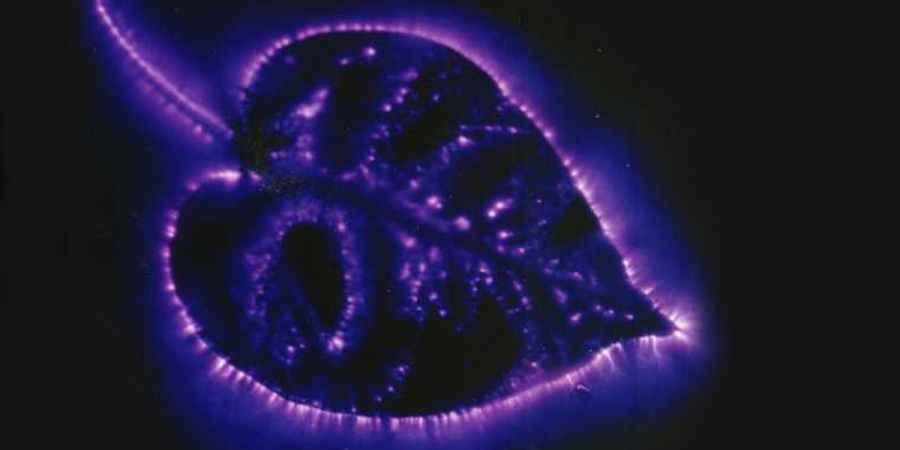
ArrayOctober 11, 2024
The Reality Behind Kirlian Photography’s Glowing Auras

ArrayOctober 07, 2024
Could Retroactive Psychokinesis Allow Us To Influence The Past?

ArrayOctober 05, 2024
What Spontaneous Cases Are & Why Parapsychologists Research Them
Learn With Higgypop
Hosted by Paralearning in association with Higgypop, these courses on ghost hunting, paranormal investigations, and occult practices draw on the experience of our team of paranormal writers.

Diploma In Modern Demonology For Paranormal Investigators
This course gives you practical and useful knowledge of ghost hunting and paranormal research, which is invaluable when conducting your own paranormal investigations or as part of a group event.
View Course
Diploma In Advanced Scientific Theory For Paranormal Investigators
This course gives you practical and useful knowledge of ghost hunting and paranormal research, which is invaluable when conducting your own paranormal investigations or as part of a group event.
View CourseMore Like This
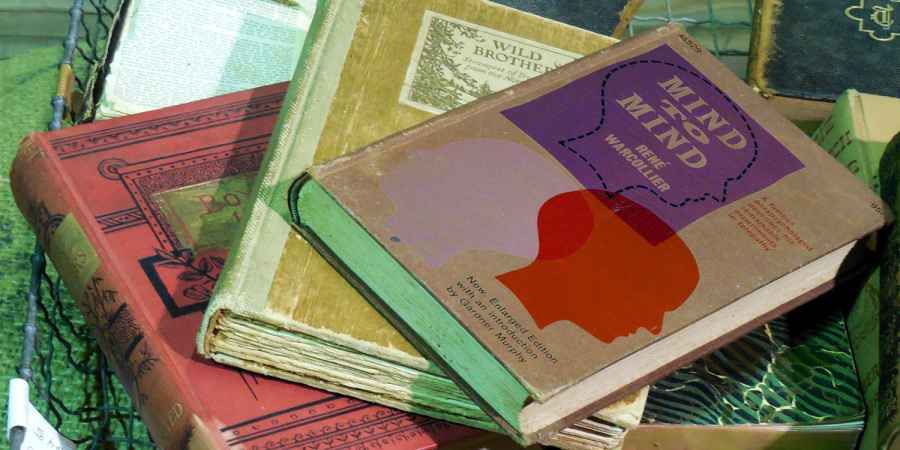
BooksMarch 17, 2025
Revisiting 'Mind To Mind': René Warcollier's 1948 Book On Telepathy
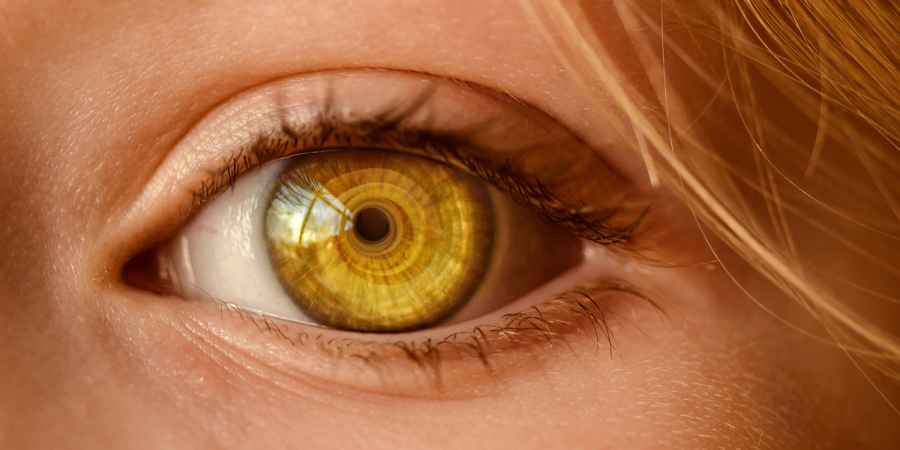
Remote ViewingMarch 16, 2025
Remote Viewing Glossary: Key Terms & Definitions
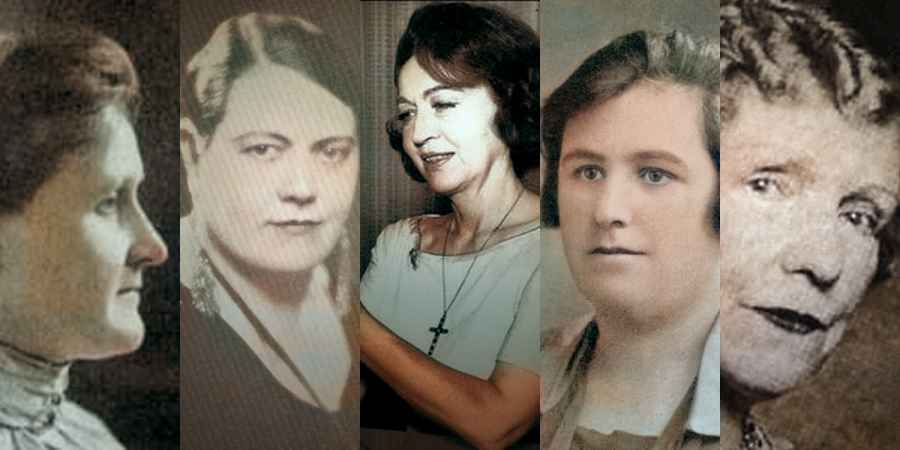
Womens DayMarch 08, 2025
Influential Female Psychics & Mediums

Remote ViewingMarch 07, 2025
Examining The Best Evidence For The Existence Of Remote Viewing
 See More on Audible
See More on Audible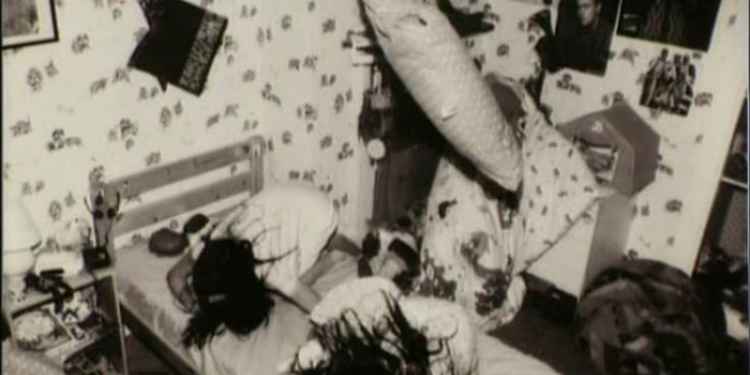

Comments
Want To Join The Conversation?
Sign in or create an account to leave a comment.
Sign In
Create Account
Account Settings
Be the first to comment.